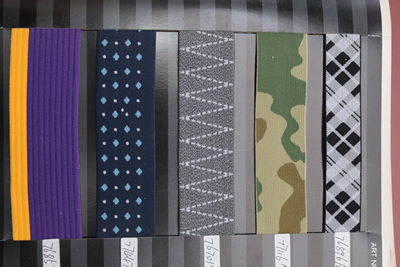
Furthermore, IoT (Internet of Things) encompasses a better communication between machines and a seamless wireless exchange of data between the computer where everything is created and the machines.

Nevertheless, precision has also increased, meaning that the software is able to correct human errors, going through each and every binding point and float.

The introduction of software to this process was a major turning point, reducing the amount of time needed to create the design and generate the card which controls the weaving machine. The emergence of electronic Jacquard mechanisms has made possible the large-scale use of CAD/CAM (Computer Aided Design and Computer Aided Manufacturing) systems for creating and producing fabrics with complex designs. With that being said, digitalisation is something one must be aware of at all times. We stand on the brink of the fourth industrial revolution, that will fundamentally alter the way we live, work and relate to one another. Therefore, a difference in the technology needed is also noticeable. In Jacquard weaving, each warp yarn is controlled individually by a hook, rather than by a frame which also incorporates several other yarns, as in normal weaving. The weaving principle is mostly the same, requiring at least a set of weft yarns (picks) and a set of warp yarns(ends), but the way the ends are handled is what actually makes the difference.


 0 kommentar(er)
0 kommentar(er)
